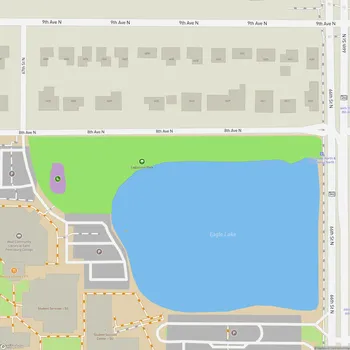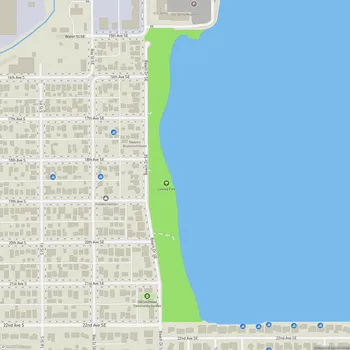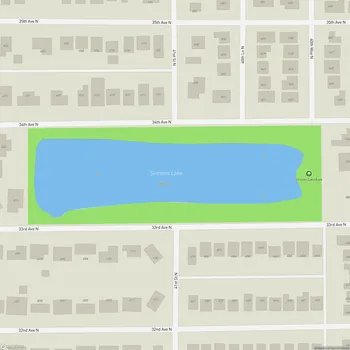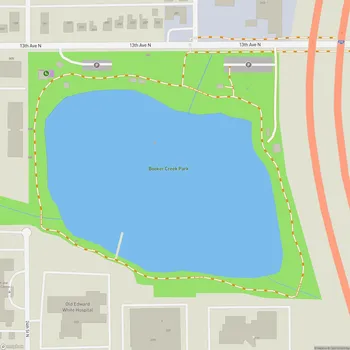Jungle Prada de Narváez Park
Interactive Park Map
About Jungle Prada de Narváez Park
A Glimpse Into the Past
Found in St. Petersburg, Florida, Jungle Prada de Narváez Park is where ancient history meets waterfront relaxation. This unique spot stretches across both public and private land, with the city maintaining the areas you can freely explore.
What makes this place special isn't just its pretty views - it's standing on ground that tells two significant stories. From about 1000 to 1600 CE, the Tocobaga people called this home, and you can still see traces of their village today. Think about that - you're walking where people lived their daily lives over a thousand years ago.
Footprints of Ancient Cultures
As you wander through the park, you'll come across some impressive earthworks left by the Tocobaga. There's a 12-foot tall plaza mound that was likely the center of their ceremonial life. Nearby stands a massive midden mound stretching 900 feet long and soaring 23 feet high - essentially an ancient collection of shells and everyday items that gives archaeologists insights into how these people lived.
History buffs will appreciate that this is believed to be where Pánfilo de Narváez and his Spanish expedition first stepped onto Florida soil in 1528, beginning what would become the first inland European exploration of North America. If you're curious to learn more, the walking tour offered at the park does a great job of bringing these stories to life.
A Notable Waterfront Location
Situated on the eastern shore of Boca Ciega Bay, at the meeting point of Park Street North and Elbow Lane, this isn't just any waterfront park. Its historical significance earned it a spot on the National Register of Historic Places in 2003, recognizing both its archaeological treasures and its role in early American history.
The public section offers beautiful views across the bay while preserving some of those ancient Tocobaga mounds - a pretty rare combination of natural beauty and historical preservation that lets you connect with Florida's pre-Columbian past.
Things to Do Besides Time Travel
Beyond its historical significance, the park offers plenty of modern-day recreation. There's a well-maintained boat ramp with two launches that gives you easy access to Boca Ciega Bay and isn't far from John's Pass. If you're looking to avoid crowds, weekdays are typically quieter than the busy weekends.
You can cast a line from the fishing pier or simply find a spot on the boardwalk, where benches provide perfect perches for contemplation. Many locals come specifically for the stunning sunsets that paint the bay in warm hues as the day ends.
Natural Surroundings
The natural setting is home to some unexpected residents - a colony of peacocks roams freely throughout the area, adding splashes of iridescent color against the historical backdrop. The Indian Mound section offers shady, grassy areas great for spreading out a blanket and enjoying a peaceful afternoon.
With parking available and access 24 hours a day, Jungle Prada makes it easy to fit a visit into your schedule whether you're a local or just passing through. It's a place where history, nature, and simple pleasures come together in one accessible package.
All Features & Facilities
Nature & Wildlife
Water Features & Activities
Visitor Services
Food & Gathering
Photo Gallery
ParkMagnet Score
Decent Park
Park Size
Opening Hours
Weather
Top Restaurants Near Jungle Prada de Narváez Park
Jungle Prada Tavern
89 feet1700 Park St N, St. Petersburg, FL 33710
Bar & grill featuring pizza and diverse menu options in a unique Spanish-style building with outdoor patio seating.




